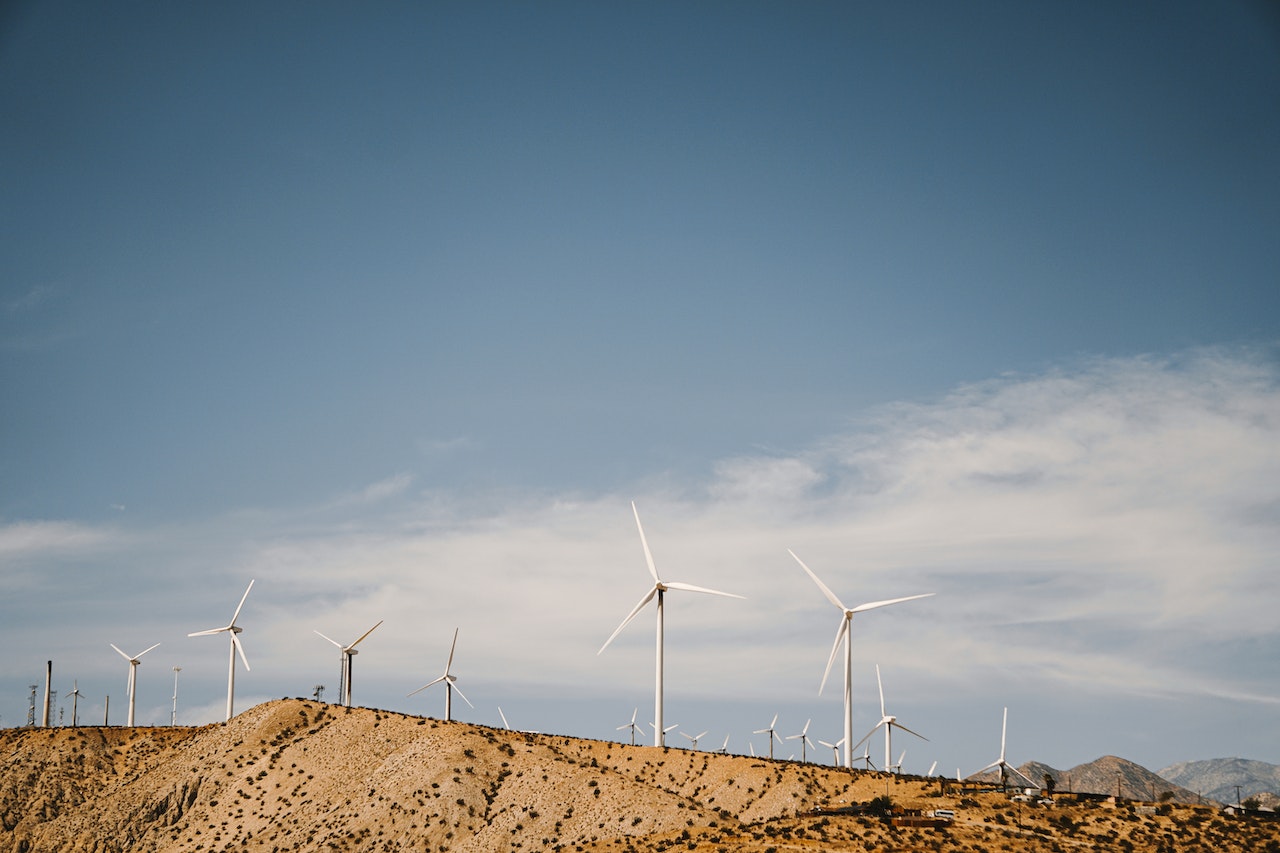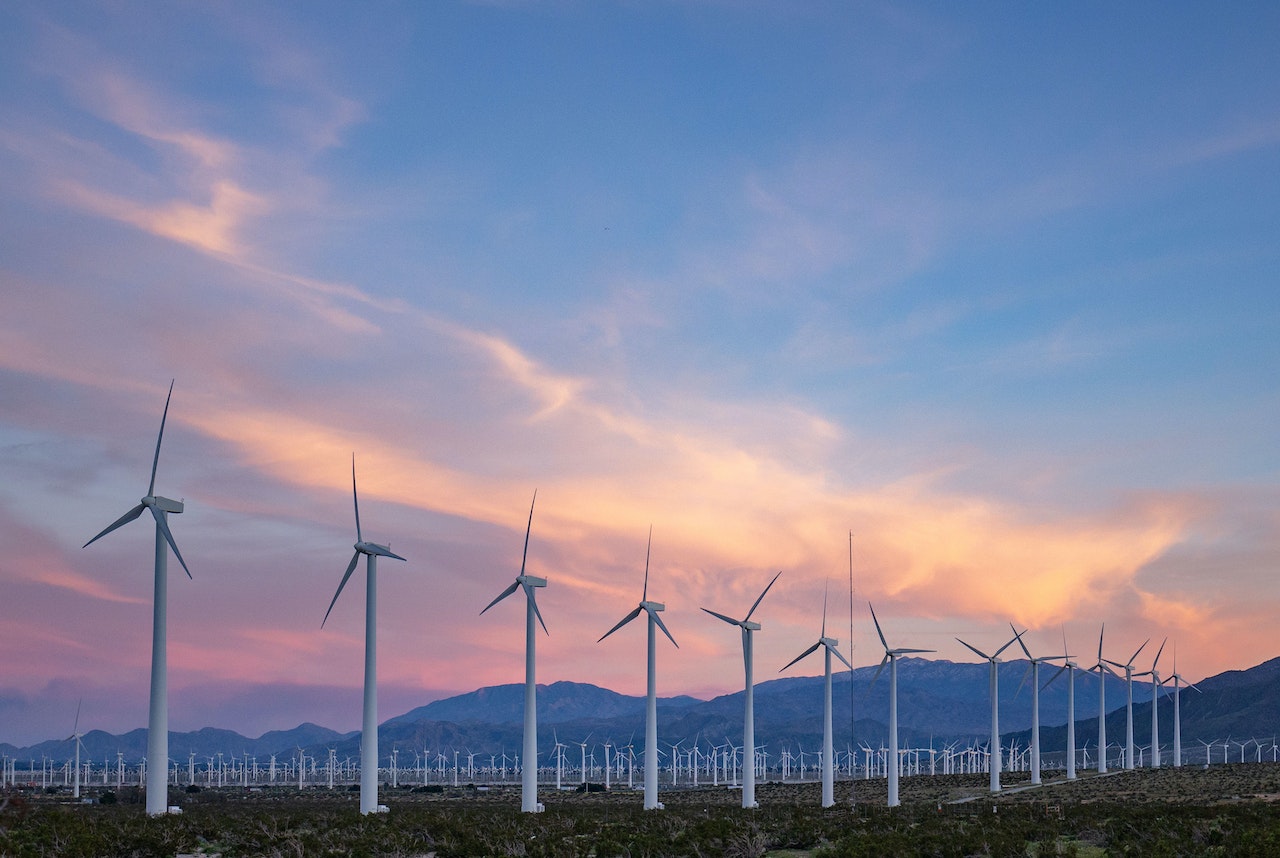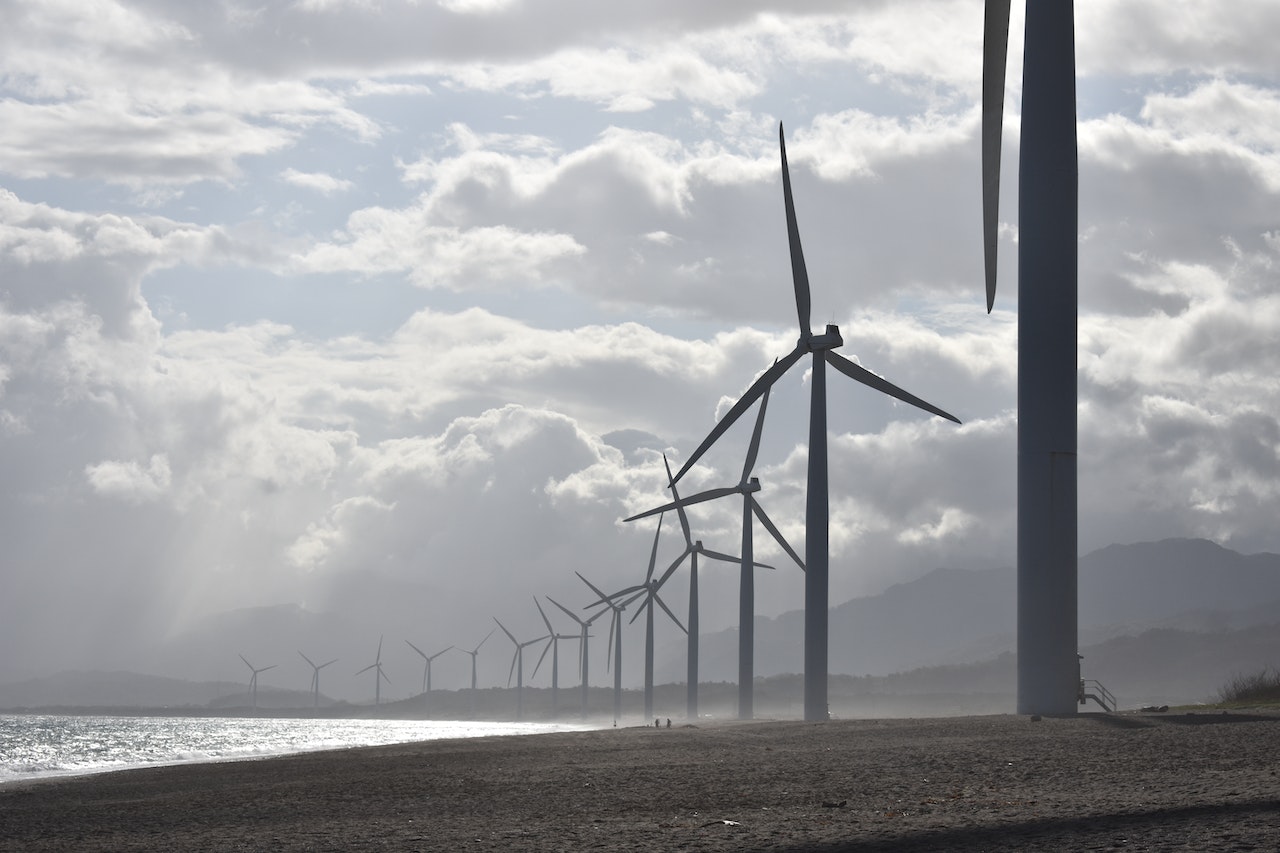
According to researchers, global warming may impact the planet’s wind power speeds. This ‘stilling’ could affect wind energy production and plant growth and might even change the Gulf Stream, which drives much of the world’s climate.
In a phenomena known as “stilling,” wind speeds appear to be dropping globally, and researchers from Europe are trying to determine why.
The world’s winds are supposedly getting slower, although I doubt many people have noticed. It’s not anything that can be discerned by observing the clouds of dust billowing or hearing the sound of leaves rustling on adjacent trees.
Instead, it is a phenomenon occurring on a different scale, as the average global wind power speed close to the surface of the land decreases. And while it is not affecting the whole earth evenly, the average terrestrial wind power speed has decreased by 0.5 kilometres per hour every decade, according to data starting in the 1960s.
In 2021, Europe experienced exceptionally mild winds during the summer and early fall. The present energy problem is partly attributed to the ensuing reduction in wind power output.

Surface wind slowdowns have the potential to upset the Gulf Stream, causing dryness and stronger winter storms
A recent study published in Nature claims that the Arctic has warmed four times faster than the global average since 1979. That’s a lot faster than experts had previously predicted, and this warmth may be a sign of a sharper than expected drop in wind. An increase in “surface roughness”—the quantity and size of urban buildings that act as drag on winds—could also be a role in stilling.
The fact that wind has been disregarded in studies on climate change helps to explain why there is still controversy about these tendencies
According to a recent study, there will be seasonal and regional variations in wind patterns in the United States as carbon dioxide levels rise. Specifically, wind speeds in the central United States would rise by 2100, while they will drop over the majority of the western United States and the East Coast. Similar worldwide variability, both seasonal and regional, is predicted by a number of additional research.
Both the non-human and human worlds could suffer greatly from a slowing or escalation of the winds. In a report published in 1981 under the title “Wind as an Ecological Factor,” plant biologist P.S. Nobel stated that wind “affects plant growth, reproduction, distribution, death, and ultimately plant evolution.”

Brisk winds can help relieve cities choking on pollution and replace stagnant air with fresh. Conversely, slower winds make heat waves even more miserable, and they are expected to occur more frequently and last longer. Because pilots rely on headwinds for lift, slow winds also make it more difficult for planes to take off. As a result of both slower headwinds and rising temperatures, Williams claims that at one airport in Greece, the maximum takeoff weight for an Airbus 320 has dropped by 4 tons in the last 30 years.
If global stilling occurs, it will have a significant effect on the creation of alternative energy.
Font: Yale School of the Environment

We at Universal Kraft will continue to use wind power in the interim. Discover our solutions and projects here.




